#aparajito
Text
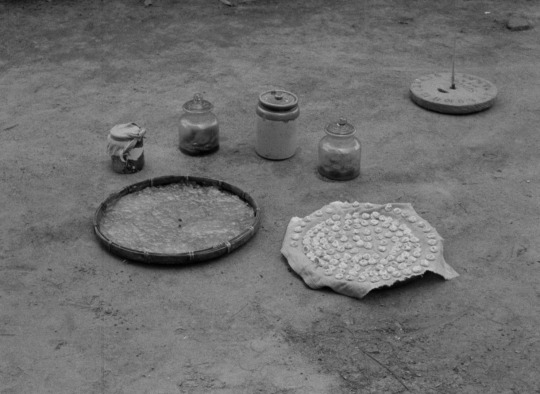


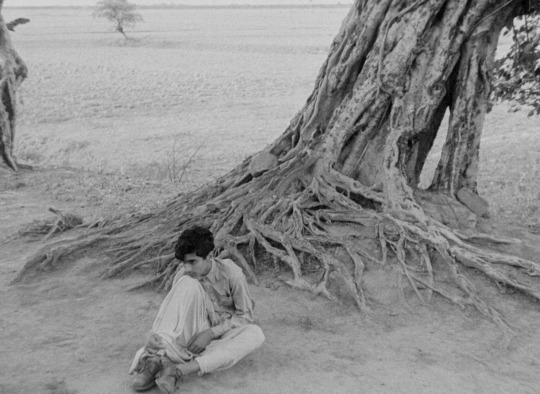

Satyajit Ray - Aparajito (1956)
67 notes
·
View notes
Photo
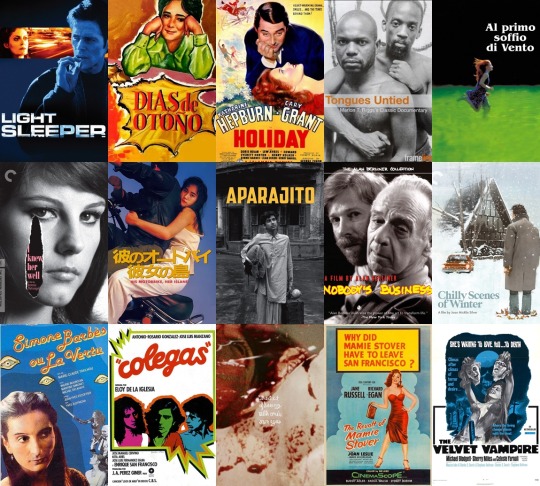
Films watched in 2022.
Top 15 Best Movies Watched for the First Time in 2022.
1. Light Sleeper (Paul Schrader, 1992)
2. Días de otoño (Roberto Gavaldón, 1963)
3. Holiday (George Cukor, 1938)
4. Tongues Untied (Marlon Riggs, 1989)
5. Al primo soffio di vento (Franco Piavoli, 2002)
6. Io la conoscevo bene (Antonio Pietrangeli, 1965)
7. His Motorbike, Her Island (Nobuhiko Ôbayashi, 1986)
8. Aparajito (Satyajit Ray, 1956)
9. Nobody’s Business (Alan Berliner, 1996)
10. Chilly Scenes of Winter (Joan Micklin Silver, 1979)
11. Simone Barbès ou la vertu (Marie-Claude Treilhou, 1980)
12. Colegas (Eloy de la Iglesia, 1982)
13. The Act of Seeing with One’s Own Eyes (Stan Brakhage, 1971)
14. The Revolt of Mamie Stover (Raoul Walsh, 1956)
15. The Velvet Vampire (Stephanie Rothman, 1971)
This has been a really tough year, since September it’s been difficult for me to see movies. That's why I want to mention the TV show Booklyn Nine-Nine that literally saved my life. Hopefully 2023 brings better memories. Happy New Year to you all, love you ♥
(My list in Letterboxd -click here-)
#Films watched in 2022#top 10#top 15#Light Sleeper#Días de otoño#Holiday#Tongues untied#al primo soffio di vento#I kenw her well#his motorbike her island#aparajito#chilly scenes of winter#colegas#the act of seeing with one's own eyes#the velvet vampire#the revolt of mamie stover#simone barbès oy la vertu#nobody's business#Simone barbes#Autumn days#film#cinema#movie poster
252 notes
·
View notes
Text
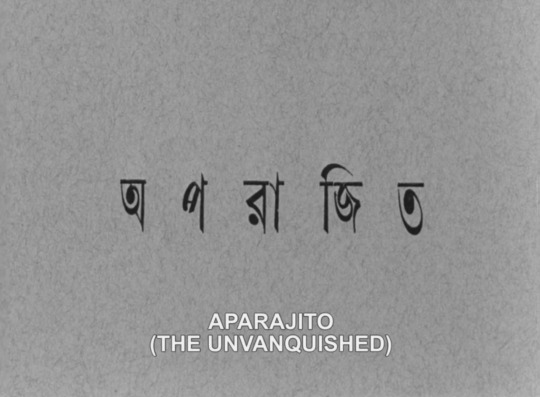
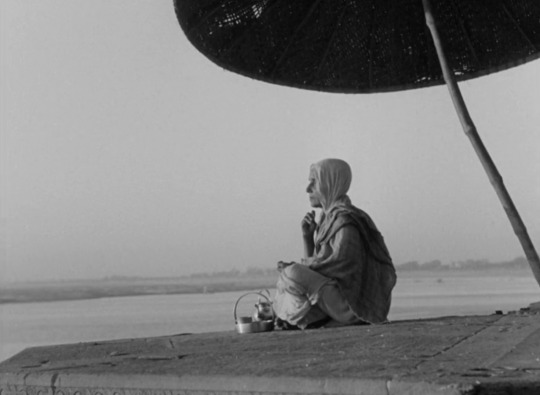


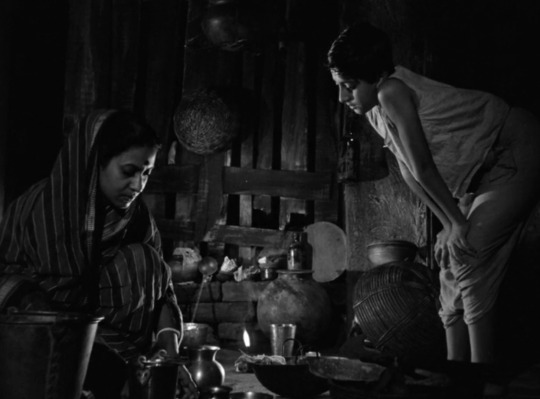

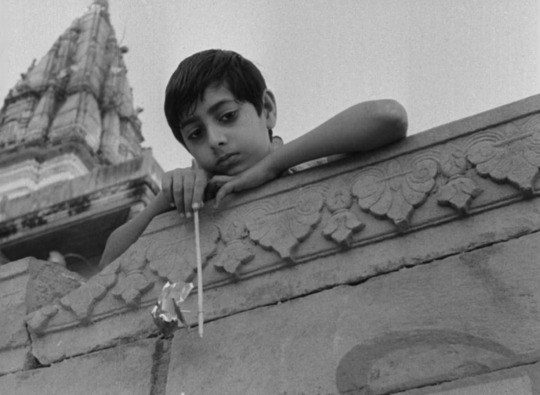

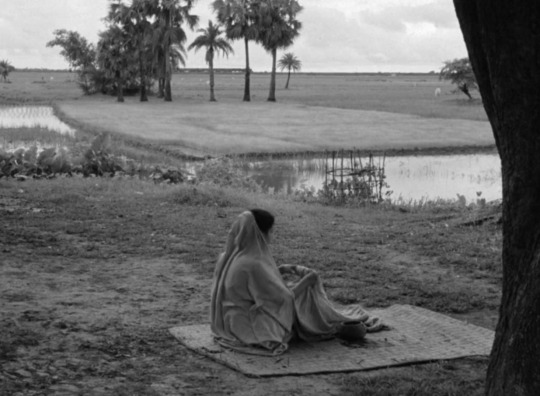

Aparajito (1956)
Director: Satyajit Ray
Cinematographer: Subrata Mitra
#dailyworldcinema#aparajito#satyajit ray#world cinema#bengali cinema#indian cinema#indian movies#criterion collection#criterion channel
51 notes
·
View notes
Text
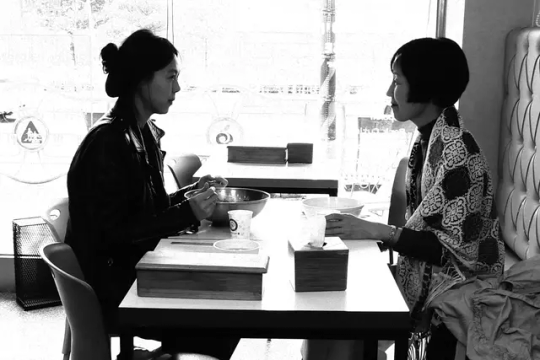




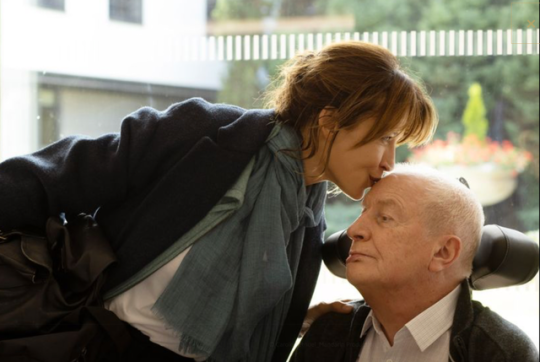


Favorite films watched in June & July 2023 (pt. II):
The Novelist's Film (2022), dir. Hong Sang-soo
Eight Deadly Shots (1972), dir. Mikko Niskanen
Right Now, Wrong Then (2015), dir. Hong Sang-soo
Rock Hudson: All That Heaven Allowed (2023), dir. Stephen Kijak
Autumn Tale (1998), dir. Éric Rohmer
Everything Went Fine (2021), dir. François Ozon
Aparajito (1956), dir Satyajit Ray
Apur Sansar (1959), dir Satyajit Ray
#w23*#2023 in film#films of 2023#the novelist's film#hong sang soo#eight deadly shots#rock hudson: all that heaven allowed#conte d'automne#eric rohmer#francois ozon#everything went fine#aparajito#apur sansar#satyajit ray
26 notes
·
View notes
Photo

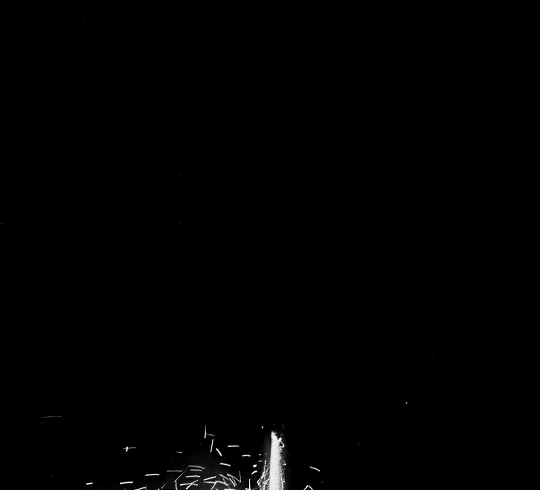


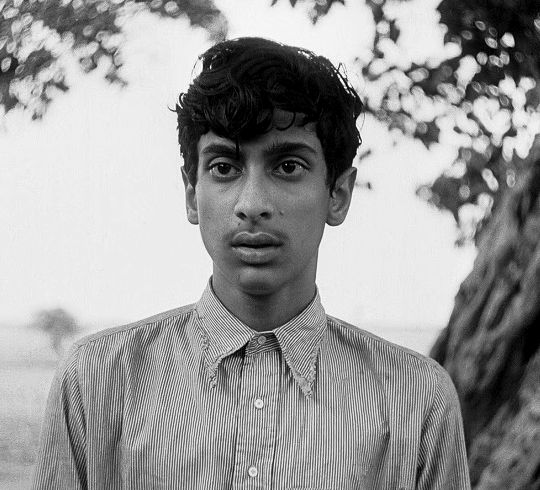
Aparajito, 1956
dir. by Satyajit Ray
#filmedit#filmgifs#worldcinemaedit#userfilm#moviegifs#usersunny#userkraina#usernatty#usermoreau#aparajito#*#by teka
290 notes
·
View notes
Photo

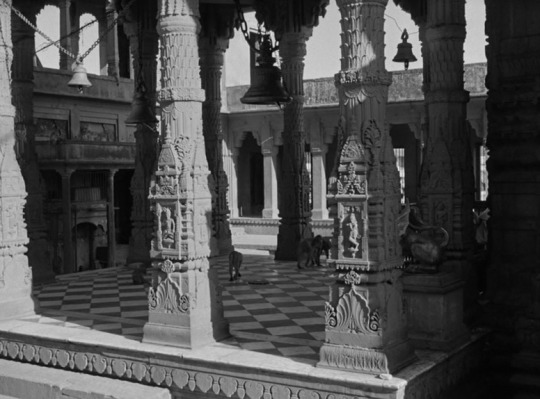
Aparajito (1956)
26 notes
·
View notes
Text

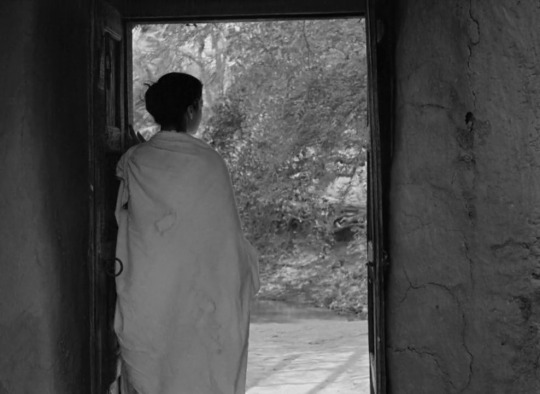
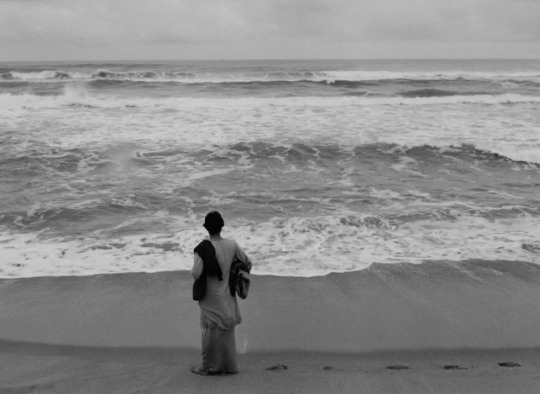
Pather Panchali (1955)
Aparajito (1956)
Apur Sansar (1959)
#pather panchali#aparajito#apur sansar#the world of apu#aparajito 1956#satyajit ray#karuna bannerjee#karuna banerjee#soumitra chatterjee#indian cinema#bengali cinema#cinema#films#movies#film scenes#movie scenes#screencaps#cinematography#1950s#classic cinema#world cinema#parallel cinema#the apu trilogy#apu trilogy
30 notes
·
View notes
Text

Aparajito (Satyajit Ray, 1956)
2 notes
·
View notes
Text
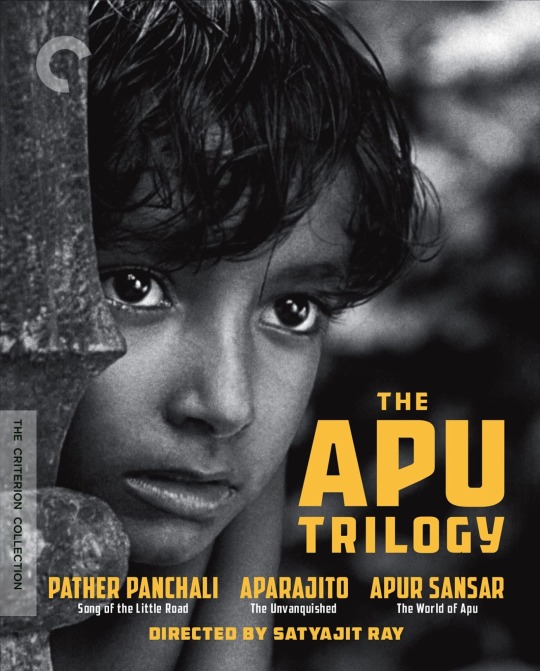

On January 2nd 2024, the @criterioncollection will release a 4K uhd blu-ray upgrade of the Apu Trilogy with following extras:
SPECIAL FEATURES
4K digital restorations of all three films, undertaken in collaboration with the Academy Film Archive at the Academy of Motion Picture Arts and Sciences and L’Immagine Ritrovata, with uncompressed monaural soundtracks on the 4K UHD and Blu-ray editions
In the 4K UHD edition: Three 4K UHD discs of the films and three Blu-rays with the films and special features
Audio recordings from 1958 of director Satyajit Ray reading his essay “A Long Time on the Little Road” and in conversation with film historian Gideon Bachmann
Interviews with actors Soumitra Chatterjee, Shampa Srivastava, and Sharmila Tagore; camera assistant Soumendu Roy; and film writer Ujjal Chakraborty
Making “The Apu Trilogy”: Satyajit Ray’s Epic Debut, a video essay by Ray biographer Andrew Robinson
“The Apu Trilogy”: A Closer Look, a program featuring filmmaker, producer, and teacher Mamoun Hassan
Excerpts from the 2003 documentary The Song of the Little Road, featuring composer Ravi Shankar
The Creative Person: “Satyajit Ray,” a 1967 documentary short by James Beveridge, featuring interviews with Ray, several of his actors, members of his creative team, and film critic Chidananda Das Gupta
Footage of Ray receiving an honorary Oscar in 1992
Programs on the restorations by filmmaker Kogonada
PLUS: Essays by critics Terrence Rafferty and Girish Shambu, as well as a selection of Ray’s storyboards for Pather Panchali
Cover by F. Ron Miller
#The Apu Trilogy#Satyajit Ray#The Criterion Collection#4K uhd blu-ray#4k hdr#arthouse cinema#film classics#film preservation#Pather Panchali#Aparajito#Apur Sansar
4 notes
·
View notes
Text
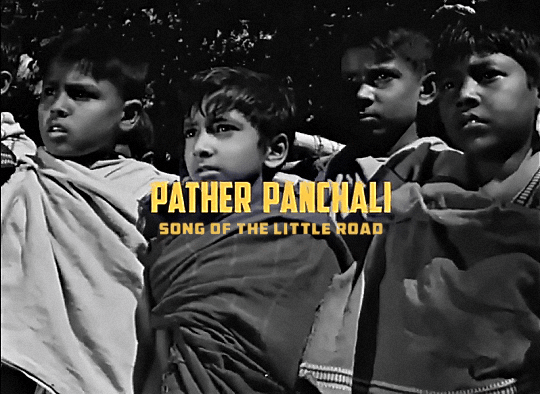


THE APU TRILOGY (1955-9) dir. Satyajit Ray
Pather Panchali (1955); Aparajito (1956); The World of Apu (1959)
#the apu trilogy#satyajit ray#worldcinemaedit#pather panchali#aparajito#apur sansar#the world of apu#filmauteur#cinemaspast#usercriterion#classicfilmcentral#classicfilmblr#southasiansource#classicfilmsource#classicfilmedit#adaptionsdaily#bengali cinema#cinematv#favourite directors#song of the little road#the unvanquished#criterion collection#indian cinema#Indian movie#movie tag#myfilmgallery#ellisgifs
96 notes
·
View notes
Photo




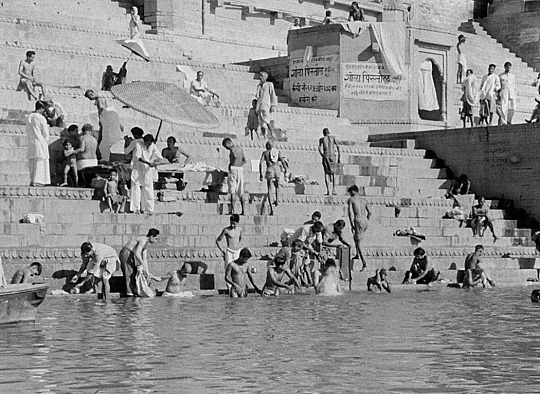

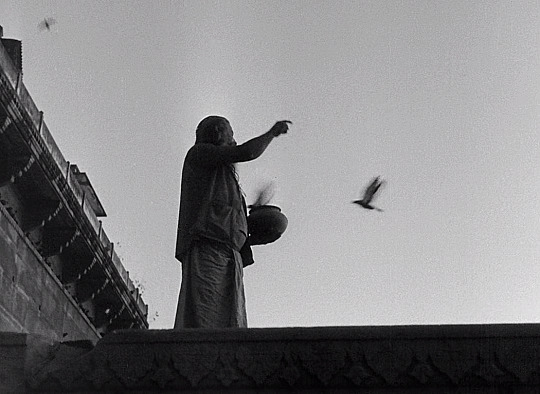


Aparajito (1956) // dir. Satyajit Ray
55 notes
·
View notes
Text

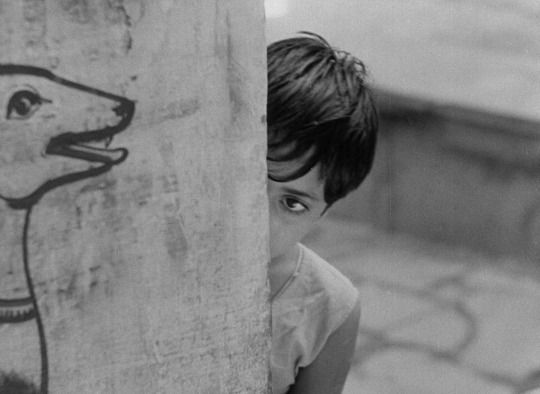
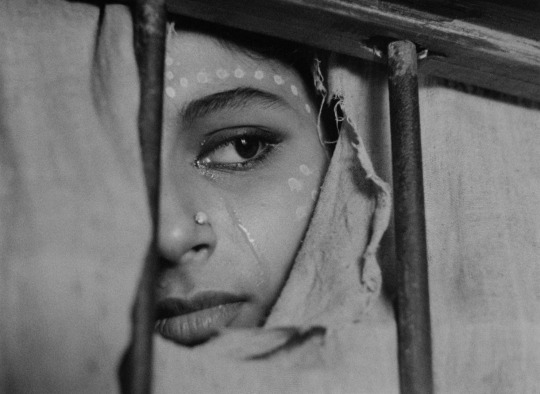
Satyajit Ray - Pather Panchali (1955)
Satyajit Ray - Aparajito (1956)
Satyajit Ray - Apur Sansar (1959)
#comparison#film#satyajit ray#pather panchali#aparajito#apur sansar#পথের পাঁচালী#অপরাজিত#অপুর সংসার#eyes#1955#1956#1959
27 notes
·
View notes
Photo
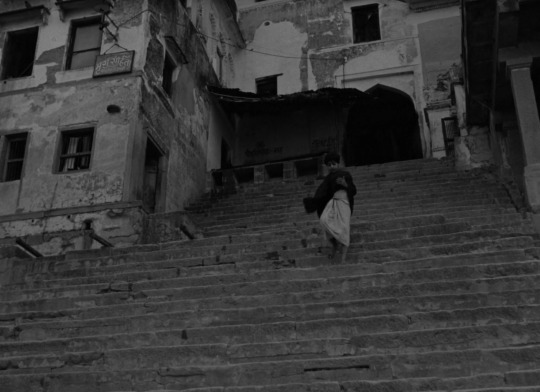

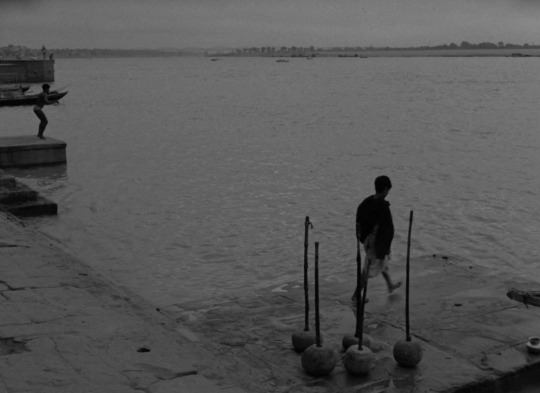
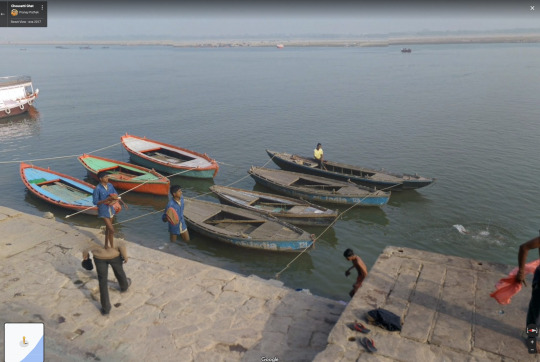
অপরাজিত / Aparajito
Satyajit Ray. 1956
Stairs
D22/16 Chausatthi Ghat (RANA GHAT, Uttar Pradesh 221001, India
See in map
See in imdb
#satyajit ray#অপরাজিত#aparajito#pinaki sengupta#ganges#india#uttar pradesh#ghat#chausatthi ghat#varanasi#movie#cinema#film#location#google maps#street view#1956
43 notes
·
View notes
Photo










Aparajito (1956) dir. Satyajit Ray
30 notes
·
View notes
Text
The Apu Trilogy

Subir Banerjee in Pather Panchali (Satyajit Ray, 1955)
Cast: Kanu Bannerjee, Karuna Bannerjee, Chunibala Devi, Uma Das Gupta, Subir Banerjee, Runki Banerjee, Reba Devi, Aparna Devi, Tulsi Chakraborty. Screenplay: Satyajit Ray, based on a novel by Bibhutibhushan Bandyopadhyay. Cinematography: Subrata Mitra. Production design: Bansi Chandragupta. Film editing: Dulal Dutta. Music: Ravi Shankar.
When I first saw Pather Panchali I was in my early 20s and unprepared for anything so foreign to my experience either in life or in movies. And as is usual at that age, my response was to mock. So half a century passed, and when I saw it again both the world and I had changed. I now regard it as a transformative experience -- even for one whom the years have transformed. What it shows us is both alien and familiar, and I wonder how I could have missed its resonance with my own childhood: the significance of family, the problems consequent on adherence to a social code, the universal effect of wonder and fear of the unknown, the necessity of art, and so on. Central to it all is Ray's vision of the subject matter and the essential participation of Ravi Shankar's music and Subrata Mitra's cinematography. And of course the extraordinary performances: Kanu Bannerjee as the feckless, deluded father, clinging to a role no longer relevant in his world; Karuna Bannerjee as the long-suffering mother; Uma Das Gupta as Durga, the fated, slightly rebellious daughter; the fascinating Chunibala Devi as the aged "Auntie"; and 8-year-old Subir Banerjee as the wide-eyed Apu. It's still not an immediately accessible film, even for sophisticated Western viewers, but it will always be an essential one, not only as a landmark in the history of movie-making but also as an eye-opening human document of the sort that these fractious times need more than ever.

Smaran Ghosal in Aparajito (Satyajit Ray, 1956)
Cast: Pinaki Sengupta, Smaran Ghosal, Kanu Bannerjee, Karuna Bannerjee, Ramani Sengupta, Charuprakash Ghosh, Subodh Ganguli. Screenplay: Satayajit Ray, Kanaili Basu, based on a novel by Bibhutibhushan Bandyopadhyay. Cinematography: Subrata Mitra.
Production design: Bansi Chandragupta. Film editing: Dulal Dutta. Music: Ravi Shankar
As the middle film of a trilogy, Aparajito could have been merely transitional -- think for example of the middle film in The Lord of the Rings trilogy: The Two Towers (Peter Jackson, 2002), which lacks both the tension of a story forming and the release of one ending. But Ray's film stands by itself, as one of the great films about adolescence, that coming-together of a personality. The "Apu trilogy," like its source, the novels by Bibhutibhushan Bandyopadhyay, is a Bildungsroman, a novel of ... well, the German Bildung can be translated as "education" or "development" or even "personal growth." In Aparajito, the boy Apu (Pinaki Sengupta) sprouts into the adolescent Apu (Smaran Ghosal), as his family moves from their Bengal village to the city of Benares (Varanasi), where Apu's father continues to work as a priest, while his mother supplements their income as a maid and cook in their apartment house. When his father dies, Apu and his mother move to the village Mansapota, where she works for her uncle and Apu begins to train to follow his father's profession of priest. But the ever-restless Apu persuades his mother to let him attend the village school, where he excels, eventually winning a scholarship to study in Calcutta. In Pather Panchali (1955), the distant train was a symbol for Apu and his sister, Durga, of a world outside; now Apu takes a train into that world, not without the painful but necessary break with his mother. Karuna Bannerjee's portrayal of the mother's heartbreak as she releases her son into the world is unforgettable. Whereas Pather Panchali clung to a limited setting, the decaying home and village of Apu's childhood, the richness of Aparajito lies in its use of various settings: the steep stairs that Apu's father descends and ascends to practice his priestly duties on the Benares riverfront, the isolated village of Mansapota, and the crowded streets of Kolkata, all of them magnificently captured by Subrata Mitra's cinematogaphy.

Soumitra Chatterjee in The World of Apu (Satyajit Ray, 1959)
Cast: Soumitra Chatterjee, Sharmila Tagore, Swapan Mukherjee, Alok Chakravarty, Dhiresh Majumdar, Dhiren Ghosh. Screenplay: Satyajit Ray, based on a novel by Bibhutibhushan Bandyopadhyay. Cinematography: Subrata Mitra. Production design: Bansi Chandragupta. Film editing: Dulal Dutta. Music: Ravi Shankar.
The exquisite conclusion to Ray's trilogy takes Apu (Soumitra Chatterjee) into manhood. He leaves school, unable to afford to continue into university, and begins to support himself by tutoring while trying to write a novel. When his friend Pulu (Swapan Mukherjee) persuades him to go along to the wedding of his cousin, Aparna (Sharmila Tagore), Apu finds himself marrying her: The intended bridegroom turns out to be insane, and when her father and the other villagers insist that the astrological signs indicate that Aparna must marry someone, Apu, the only available male, is persuaded, even though he regards the whole situation as nonsensical superstition, to take on the role of bridegroom. (It's a tribute to both the director and the actors that this plot turn makes complete sense in the context of the film.) After a wonderfully awkward scene in which Apu and Aparna meet for the first time, and another in which Aparna, who has been raised in comparative luxury, comes to terms with the reality of Apu's one-room apartment, the two fall deeply in love. But having returned to her family home for a visit, Aparna dies in childbirth. Apu refuses to see his son, Kajal (Alok Chakravarty), blaming him for Aparna's death and leaving him in the care of the boy's grandfather. He spends the next five years wandering, working for a while in a coal mine, until Pulu finds him and persuades him to see the child. As with Pather Panchali and Aparajito, The World of Apu (aka Apur Sansar) stands alone, its story complete in itself. But it also works beautifully as part of a trilogy. Apu's story often echoes that of his own father, whose desire to become a writer sometimes set him at odds with his family. When, in Pather Panchali, Apu's father returns from a long absence to find his daughter dead and his ancestral home in ruins, he burns the manuscripts of the plays he had tried to write. Apu, during his wanderings after Aparna's death, flings the manuscript of the novel he had been writing to the winds. And just as the railroad train figures as a symbol of the wider world in Pather Panchali, and as the means to escape into it in Aparajito, it plays a role in The World of Apu. Instead of being a remote entity, it's present in Apu's own back yard: His Calcutta apartment looks out onto the railyards of the city. Adjusting to life with Apu, Aparna at one point has to cover her ears at the whistle of a train. Apu's last sight of her is as she boards a train to visit her family. And when he reunites with his son, he tries to play with the boy and a model train engine. The glory of this film is that it has a "happy ending" that is, unlike most of them, completely earned and doesn't fall into false sentiment. I don't use the world "masterpiece" lightly, but The World of Apu, both alone and with its companion films, seems to me to merit it.
3 notes
·
View notes
Text

68 Years of Pather Panchali (26/08/1955).
Pather Panchali also known as 'Song of the Little Road,' is a groundbreaking drama film directed by Satyajit Ray in his directorial debut and funded by the West Bengal Government, the film is based on a 1929 novel of the same name by Bibhutibhushan Bandyopadhyay. The cast includes mostly newcomers like Subir Banerjee, Kanu Banerjee, and Karuna Banerjee, among others. The film is the first installment in Ray's Apu Trilogy and explores the struggles of young Apu and his sister Durga as they navigate the hardships of rural life in a financially struggling family.
The film's production faced numerous challenges, including financial constraints and a largely inexperienced crew, and took almost three years to complete. Despite these obstacles, the film was shot primarily on location and featured a memorable soundtrack composed by sitar virtuoso Ravi Shankar, based on traditional Indian ragas. Subrata Mitra managed the cinematography, while Dulal Dutta took care of the editing.
After its initial screening at New York's Museum of Modern Art in May 1955, the film was released in Calcutta to critical and commercial success, although it didn't turn a significant profit until the early 1980s. It received accolades from both the Chief Minister of West Bengal and the Prime Minister of India. While the film has been lauded for its realism and emotional depth, some critics have found its pacing slow and have criticized its romanticized depiction of poverty.
Academic discussions around the film often focus on its lyrical and realistic storytelling, influenced by Italian neorealism, as well as its nuanced portrayal of the complexities and simple joys of everyday life.
The story of Apu continues in the subsequent films of the trilogy, 'Aparajito' (The Unvanquished, 1956) and 'Apur Sansar' (The World of Apu, 1959). 'Pather Panchali' is considered a milestone in Indian cinema, contributing to the Parallel cinema movement that emphasized authenticity and social realism. The film garnered international acclaim, winning India's National Film Award for Best Feature Film in 1955 and the Best Human Document award at the 1956 Cannes Film Festival, among other honors. It is frequently cited in compilations of the greatest films of all time and solidified Ray's reputation as a leading figure in Indian filmmaking.
5 notes
·
View notes